Why obesity isn't about food
Why most food gurus are wrong | Vitamin A | circadian fitness & leptin
All articles are free. However, your support as a paid subscriber enables us to continue producing high-quality, independent research on important health topics like EMF.
As an ad-free platform, we rely on the support of our readers to keep this content accessible and free from external influence.
What we’ll learn in this article:
1. How light is more important than food for our metabolism
2. Why our eyes aren’t a camera but a clock
3. What are opsins?
4. Why carrots won’t help our eyes
5. How mitochondria regulate our metabolism
6. How our hormones are affected by light
7. Health strategies we can apply
Why can’t some people stop themselves from eating too much?
Is it because they’re “bad” people, who lack discipline?
Or could it be that their bodies are losing energy faster than can be replaced?
When stars lose energy, they expand and become a Red Giant.
When your ankle gets sprained, it slows down and becomes inflamed.
Why would our metabolism be any different?
Looking at history, unless you were King Henry VIII, you probably weren’t obese.
Why is obesity so prevalent today, even in countries with many vegetarians like India, which never really had this issue before?
What changed?
Our light environment experienced a massive shift in the 1800s, as we began to spend most of our time indoors like King Henry, in the modern day medieval castles called factories and plush offices.
Let food be thy light medicine
Did you know that photobiologists maintain that an astounding two-thirds of our bodies’ energy requirements come from light, and only one third from food alone?
How can we take back our bodies, so that we can fight like the knights of the round table, instead of looking like a round table?
Let’s meet at the starting gate of all diets - our retina.

Our eyes aren’t a camera, they’re a clock
Our bodies function according to a circadian rhythm, which is governed by a master clock, known as the supraciasmatic nucleus (SCN), located in the hypothalamus of our brain.
The retina is the only part of our bodies that can bypass this master clock.
We have photoreceptors in our eyes that can set their own internal circadian rhythm by directly synchronizing to light without input from the brain.
What does this have to do with obesity?
When these photoreceptors are damaged by being exposed to harmful amounts of blue light, our metabolism is directly affected.
As I’ll explain in this article, these photoreceptors bind with retinol, a form of Vitamin A. When this bond is broken, Vitamin A becomes a wrecking ball in our metabolism, not allowing certain hormones such as leptin to work.
Leptin gives us the feeling of being satiated from a meal.
Let’s break down this process, which starts with light hitting our…
Opsins - the unsung heroes
Many of us have heard of rods and cones, which process visual images for our brains to “see”. However, our eyes contain other photoreceptors that do not see anything at all - they keep time.
These photoreceptors are melanopsin and neuropsin.
Melanopsin processes the light around us as a non-visual signal, or timestamp, and sends this to our SCN. This in turn regulates our circadian rhythm – which dictates when we wake up, feel alert, hungry, and tired.
“For many years people viewed the eye as if it were an old-style camera, without a light meter. The discovery of the first non-visual opsin, melanopsin (1998), identified the first light meter in the eye. “
Ethan Buhr, Research Professor, Johns Hopkins & Cincinatti Children’s Hospital
Neuropsin is another type of photoreceptor that was only discovered recently (2009) to operate independently of the SCN.
A University of Washington study confirmed that when rod, cone, and melanopsin cells were removed from mice, their circadian rhythms continued, however researchers were surprised that their retinas were still responsive to light changes due to the presence of neuropsin.1
When neuropsin was removed, the mice lost all ability to adapt to changing patterns of light and dark.
Why is this important?
Our metabolism, along with the hormones and genes that our bodies ultimately express are all based on these cycles of light and dark - our circadian rhythm.
When we lose our ability to track time, no amount of vitamins or supplements will help us.
This is why I want to help so many people to improve their health. I used to listen to the food and diet gurus, and wound up like a broken, busted clock.
How can we ensure this doesn’t happen?
What drives the gears of our Divine timepiece?
Vitamin A:
Be the light, not the carrot.
All opsins bind to a form of vitamin A called retinol.
Get it…retina - ol?
Vitamin A in the form of retinol only comes from animal foods. We are often told that we can get a bioavailable form of Vitamin A from the beta carotene (a type of carotenoid) in vegetables like carrots.
This is partly true, however many of us are poor converters of beta carotene.
We can however convert the carotenoids from eggs, shellfish, salmon and liver, very easily to this active form of Vitamin A - retinol.
If you’ve read my previous article on how we can “eat our sunscreen,” you’ll understand that these types of carotenoids help us quell stress from our modern light environments, which are not only saturated with Wi-Fi, but also blue light.
Blue light toxicity on the eye or skin ruins the conversion of carotenoids to an active form of Vitamin A (retinol) our bodies can use, and this causes circadian rhythms to be disrupted.
When blue light from AM sunshine first enters our eyes, Vitamin A within the brain transforms the light signal to tell our bodies it’s daytime.
The opsins in our eyes have a very loose bond to retinol. Retinol controls the neural signaling along the central retinohypothalamic tract (below).
This tract connects the retina to the suprachiasmatic nucleus (SCN), and also connects to the leptin receptor in the hypothalamus. Remember: our leptin hormone lets us know when we are full after a meal. It’s the fuel gauge on our car that tells us how much gas we have before we start running on empty.
(Thank you
for that analogy.)What happens when the bond between retinol and our opsins is broken?
Retinol is liberated in our system. While this may sound like a good thing, free retinol actually creates chaos in our bodies as it’s meant to be coupled with our photoreceptors during the waltz of our metabolism.
Free radicals like this constantly seek to bind with another atom or molecule to become stable. Electrons need to be paired to be stable. What ensues is a chain reaction of electrons being paired to the wrong molecules.
When we have too many electrons flowing too quickly in our bodies, our metabolism breaks down.
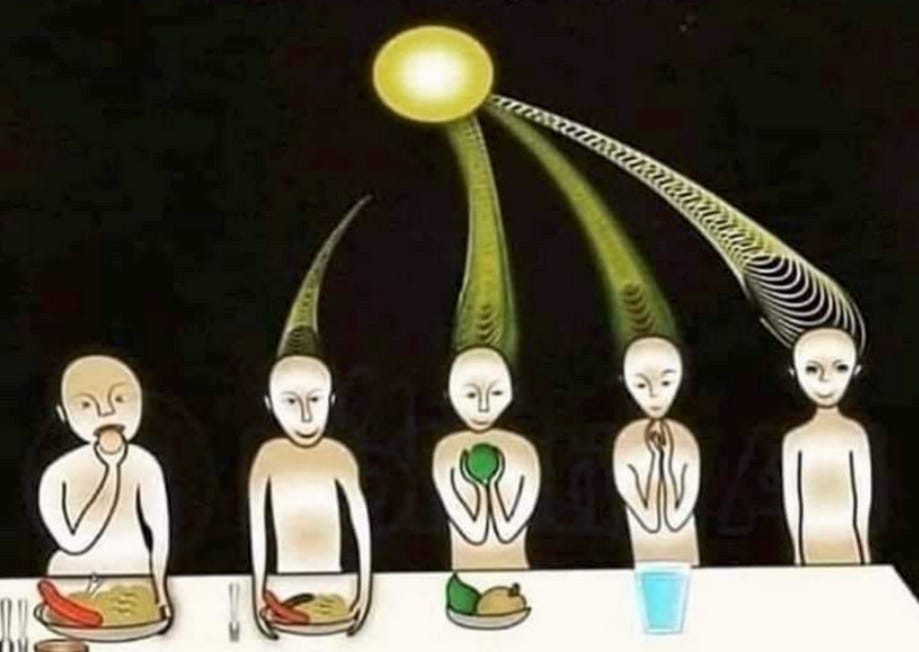
This is why eating less leads to longevity. A slower metabolism means less stress on our system.
Yet how many times have we heard from the food gurus that we should eat six times per day so that we can “speed up” our metabolism?
The mitochondria get a D
As retinol (Vitamin A) gets liberated, this lowers Vitamin D as a result.
UV light creates Vitamin D, which binds to our mitochondria, the engines of our cells, which regulate our metabolism by slowing electron chain flow. When electron flow in our bodies is slowed down, we tend to eat less food as our metabolism runs more efficiently.
Our entire metabolism runs on what is called the electron transport chain. When we’re exposed to harmful amounts of EMF or blue light, the last link in the chain is broken and digestion breaks down.
Light from the sun also stimulates melanin, which helps give our metabolism a boost. For example α-melanocyte-stimulating hormone (α-MSH) has been shown to induce weight loss in animals, but its absence can lead to less melanin, which ultimately leads to disease.
How does this happen?
You down with POMC, ya you (don’t) know me.
Proopiomelanocortin (POMC) is a prohormone part of our melanocortin system. Prohormones make other hormones and endorphins in our bodies. Hormones tell our bodies what to do.
The melanocortin system is a critical regulator of energy balance. Much of what is known about our brain’s control of overall energy balance and fat storage stem from what we know about the melanocortin system and leptin.
POMC needs sunlight and the right amount of thyroid stimulating hormone (TSH) to work efficiently. Ultimately, POMC helps us maintain blood sugar levels, protects the body from stress, and suppresses inflammation.
POMC, like our photoreceptor melanopsin, is also located in our subcutaneous fat:
Why is this important?
If we consistently expose ourselves to LEDs, fluorescent lighting, cell phone and TV screens without proper eye protection, we won’t make POMC very well.
This can cause a lack of mitosis, which means our cells can’t divide correctly, leading to obesity and cancer.3
POMC is ultimately regulated by leptin. However, when our opsins are destroyed and retinol becomes a liberated wrecking ball, our leptin levels also fall, along with dopamine, melanin, and melatonin.
This is why many often feel sick very quickly in Sunlight - the process of mitosis and melanin generation has been affected.
What are some strategies we can take to boost our metabolism?
Feed on the Food of the Gods: Light.
Getting out into the AM Sun and gradually exposing our eyes and skin not only boosts our immune system, but regenrates our nervous system by helping us to detoxify from heavy metals.
I like to build melanin in my skin by exposing as much of my body as my neighbors will tolerate, especially between the hours of 9am-11am, as this is when our subcellular melatonin (a second type found in our skin) can be replenished the most efficiently.
I also love to watch the Sunrise, with its infinite array of light frequencies.
There are many other tactics we can use, like eating foods rich in NAD, along with grounding and avoiding EMFs in our living areas.
Remember - the longest journey starts with a single step, but it doesn’t have to be on a Stairmaster.
Join us this winter season…
As we lunge patiently forward together, with calm resolve, less blue light, and more turkey…
by candlelight.
You are more powerful than you know.
Roman
Want to take proactive steps in your health?
We’re creating a course on EMF!
How can we measure EMFs in our environment?
What are other sources of electricity we may have forgotten about, like piping in our homes?
What are some other ways we can nourish the electric field of our body?
I’ll be covering these types of specifics, along with practical steps we can take to reduce EMFs in our daily lives, in the Wireless Health & Safety course I’m creating.
EMF Health Forum: Please share your story
If you suspect that you or your animals are suffering from symptoms related to EMF, I strongly encourage you to register and post symptoms on EMF Health Forum, which I recently created to track the global fallout from wireless radiation:
Support Independent EMF Research!
Donate in Bitcoin.
Send to our BTC Address :
bc1qfwtn8f95z7urkgfgj8c9t6dt3lay0shtgazr72


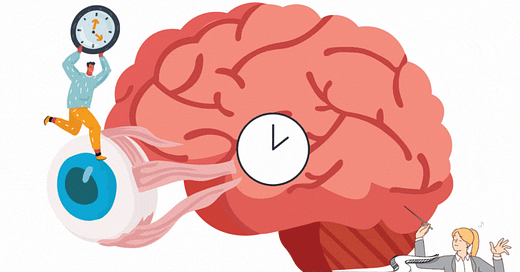


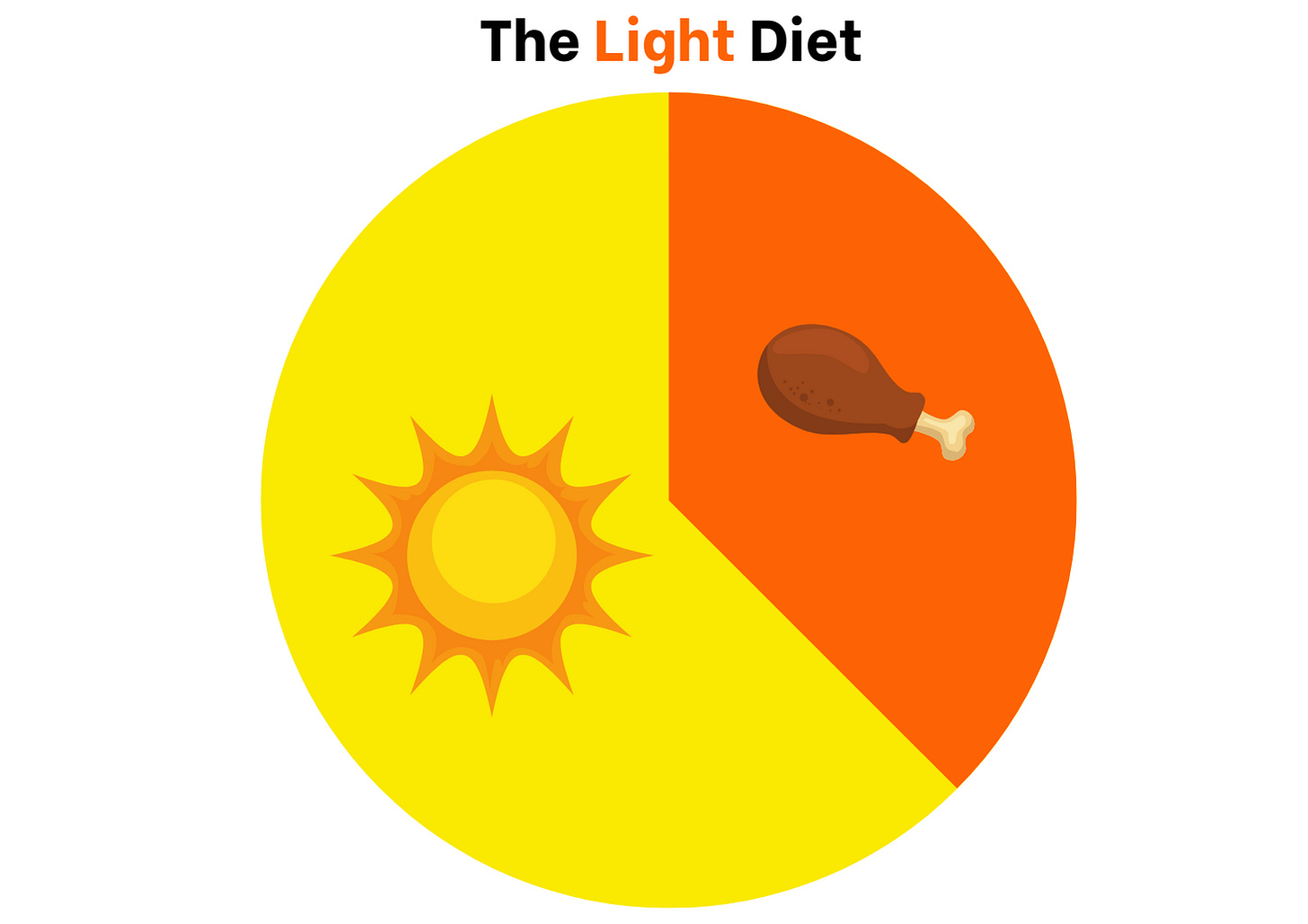
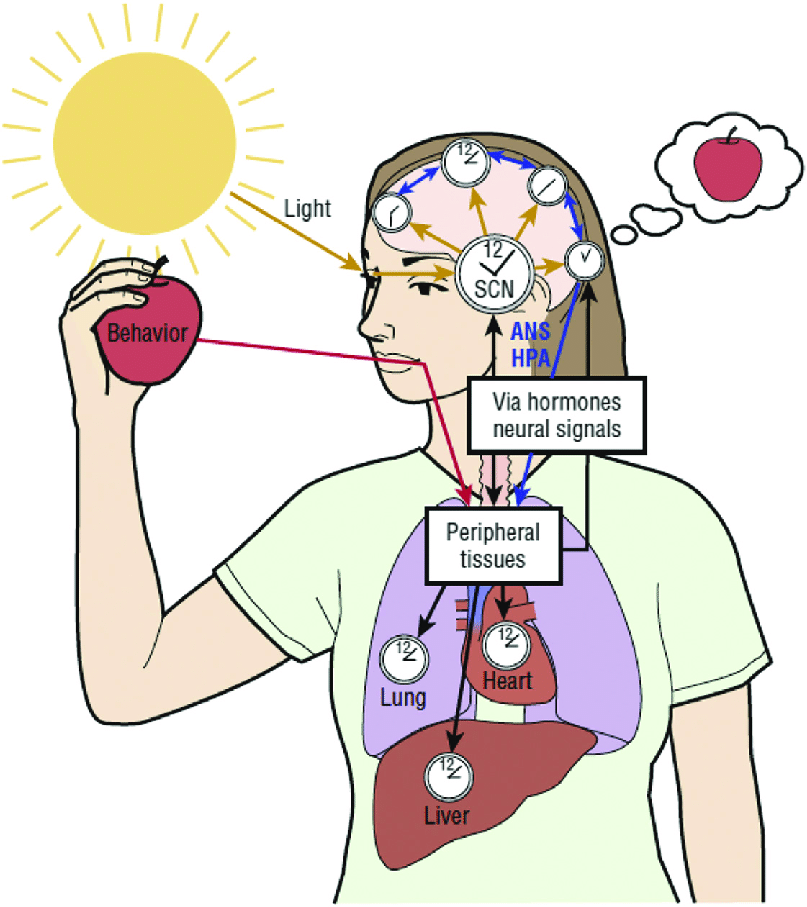
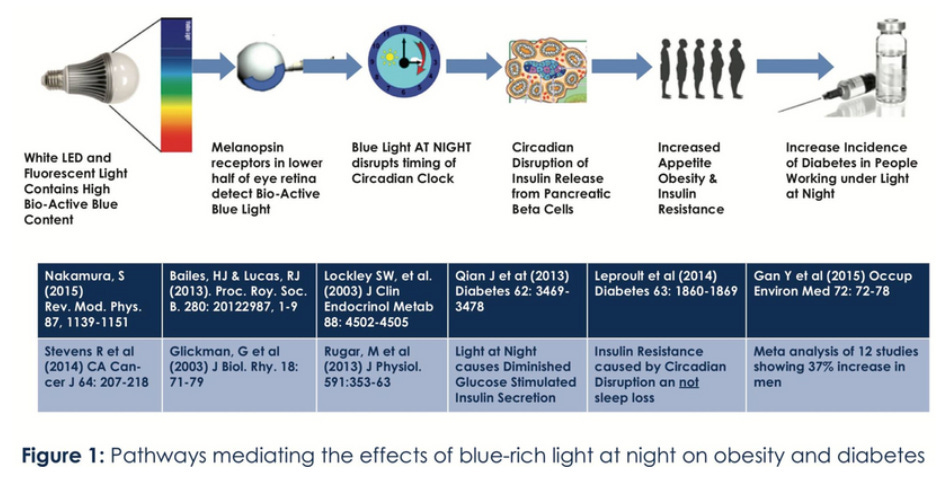



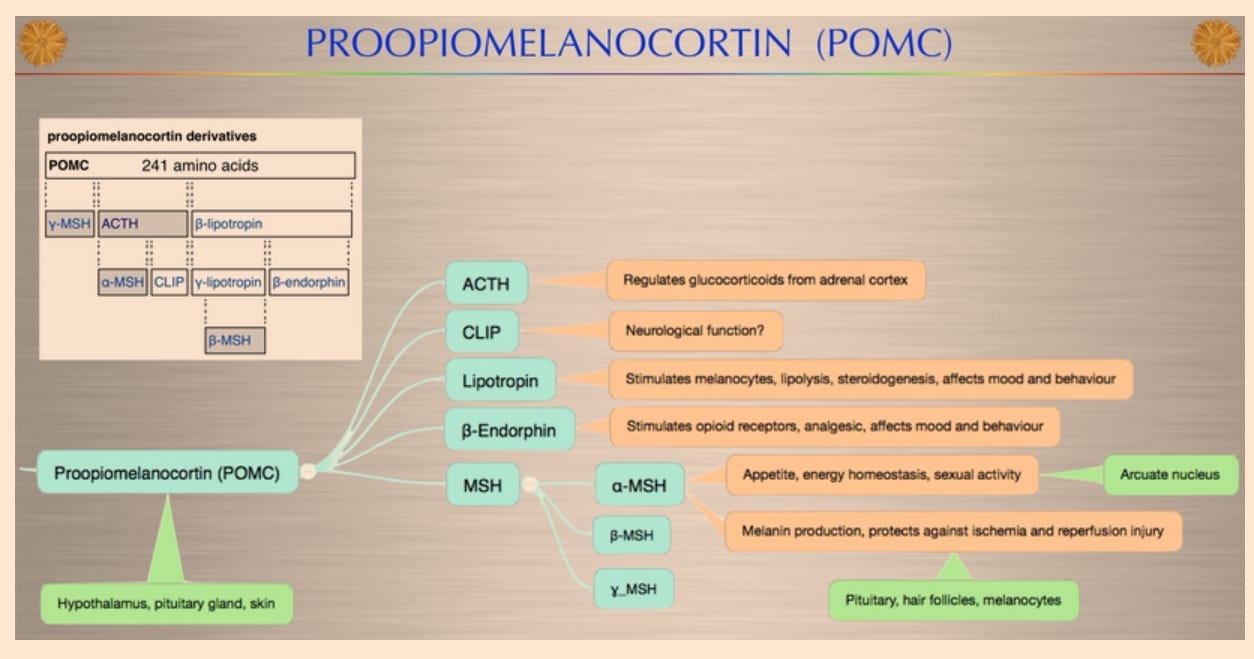
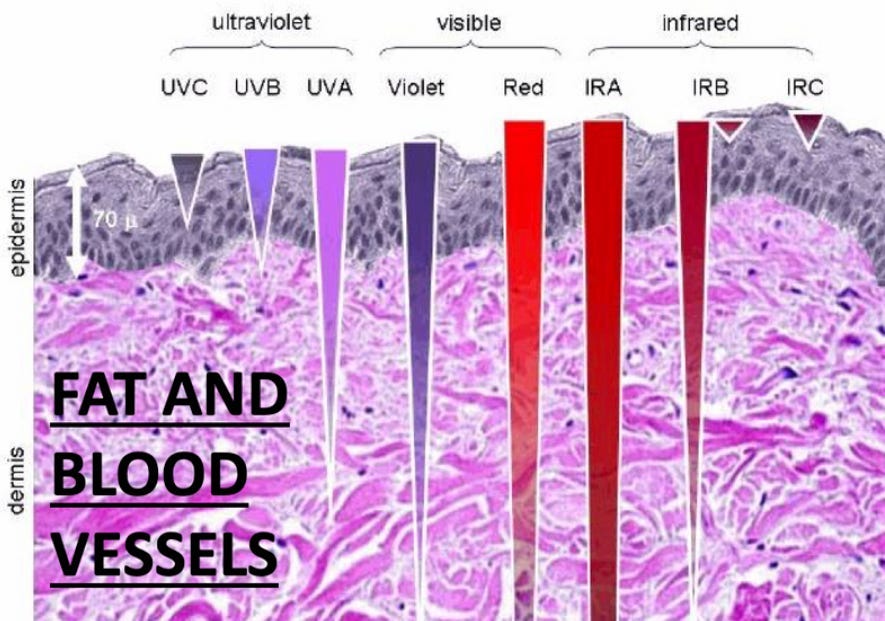

The US gubmint method of providing welfare payments of food, (including fast food from restaurants) alcohol, sex via strip clubs, vacations, etc. All the things productive working people can't seem to find funds for.
The result of mega food coupled with no responsibilities has crippled many with morbidly obese bodies and minds that only repeat:
Gimme! Gimme more! More! I'm gonna "get what's mine!"
Onward, Christian soldiers!
"Electronic Balance Transfer" card. Like a debit card